In recent years, the use of drones in surveying has gained significant popularity across various industries in India. The ability of drones to capture high-resolution aerial imagery and collect precise data has revolutionized surveying practices. As the demand for aerial data collection and analysis grows, so does the need for skilled and qualified drone pilots who can operate drones safely and efficiently.
“India will require at least 1 lakh drone pilots by 2024”
(Anurag Thakur, Union Minister for Information and Broadcasting)
Survey drone pilots play a crucial role in the collection of geospatial data through the operation of Unmanned Aerial Vehicles (UAVs) or Drones Equipped with Specialized Surveying Equipment. These pilots are responsible for executing pre-planned flight missions, ensuring precise data acquisition, and maintaining the safety and efficiency of drone operations. Their excellent piloting skill, combined with their ability to analyze and understand data, makes them extremely valuable in the surveying industry.
In this article, we explore the following essential points.
How much do survey drone pilots earn in India?
What are the factors that affect their salary?
What are the trends and opportunities for this emerging profession?
According to a report by EY-FICCI, the drone industry in India is expected to boost the manufacturing potential to ~1.9 lakh crore (US$ 23 billion) by 2030, creating over 5 lakh direct and indirect jobs. The average annual salary of a drone pilot in India is around INR 6 lakhs (US$ 8,000), which is higher than the national average of INR 4.8 lakhs (US$ 6,400).
As with any profession, experience plays a pivotal role in determining the salary of survey drone pilots. Those with extensive experience in operating drones, conducting surveys, and analyzing data can command higher salaries due to their proven track record and valuable skillset.
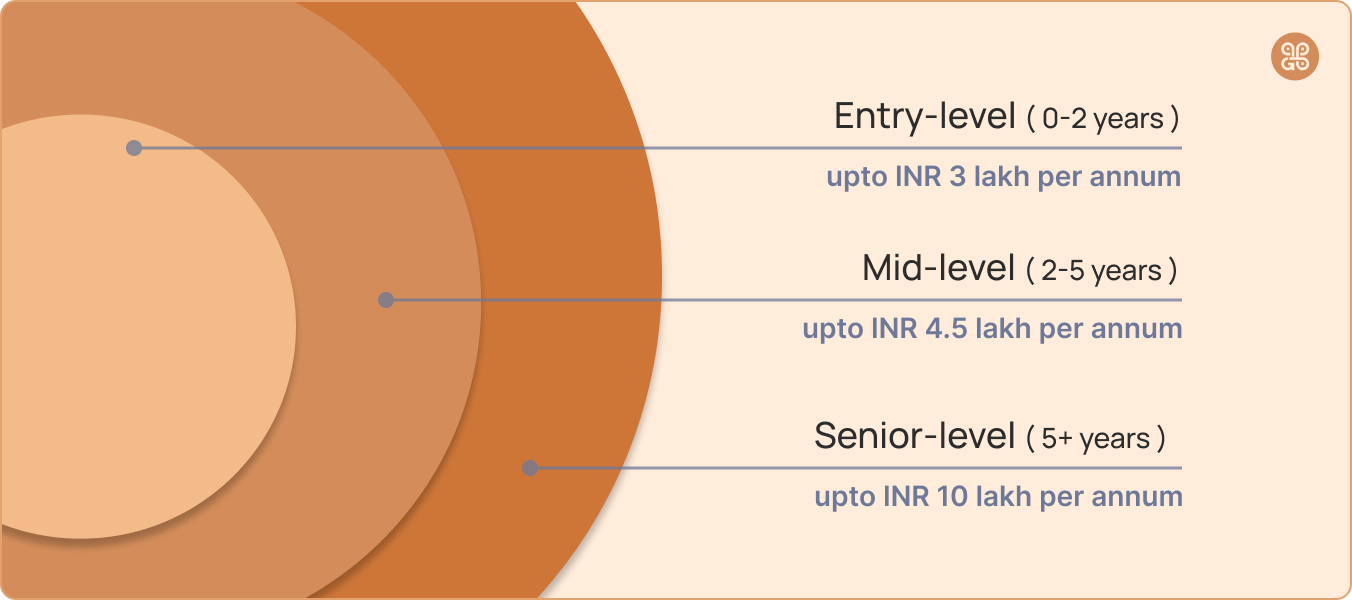
On average, entry-level ( 0-2 years of experience) survey drone pilots can expect a salary in the range of ₹1.5 lakh to ₹3 lakh per annum. However, as experience and expertise grow, so does the earning potential.
With a few years of experience in operating drones, conducting surveys, and analyzing data, survey drone pilots can transition into mid-level ( 2-5 years of experience). Their salaries can range from ₹3 lakh to ₹4.5 lakh per annum.
Senior-level ( more than 5 years of experience) survey drone pilots can command even higher salaries. At this level, salaries can reach an impressive range of ₹4.5 lakh to ₹10+ lakh per annum.
It's essential to note that these figures are approximate and can vary based on market trends and individual negotiations.
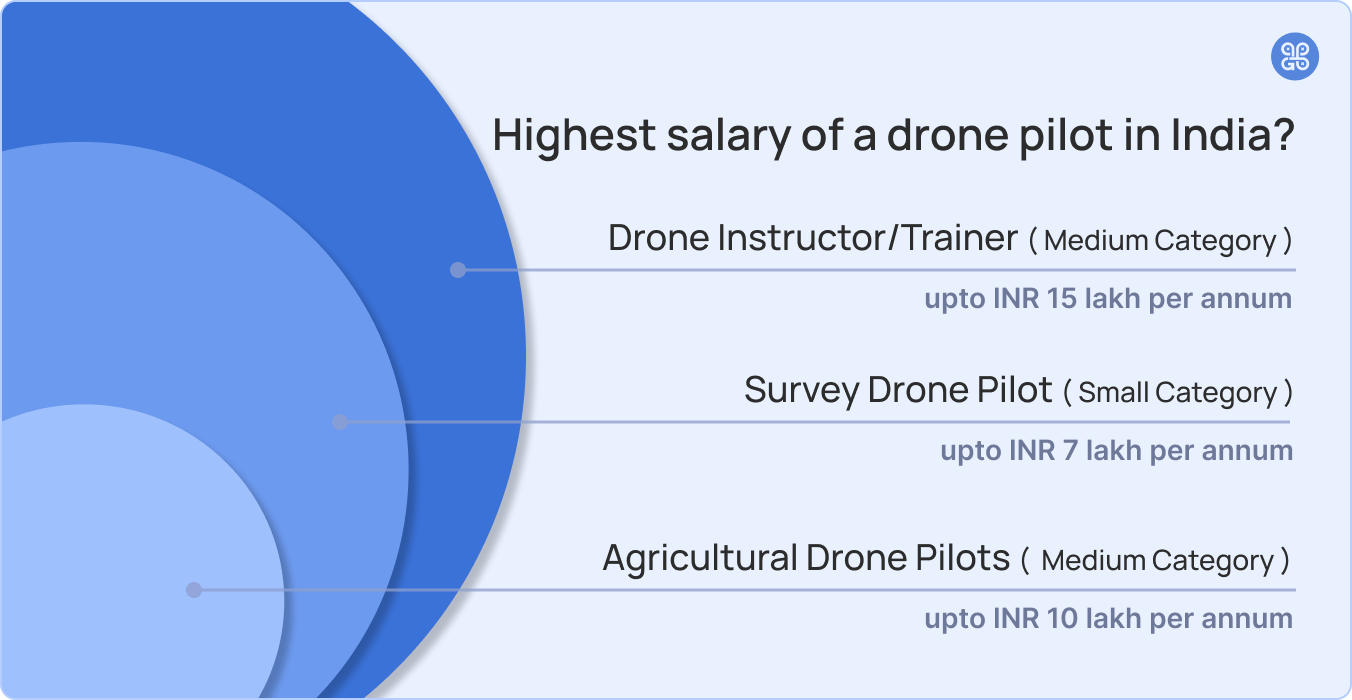
To become a successful survey drone pilot in India, one needs to have not only technical skills but also analytical skills and domain knowledge. A survey drone pilot must be able to plan efficient flight paths, operate drones safely and legally, capture high-quality data, process and analyze data using software tools, and generate meaningful reports and insights for clients.
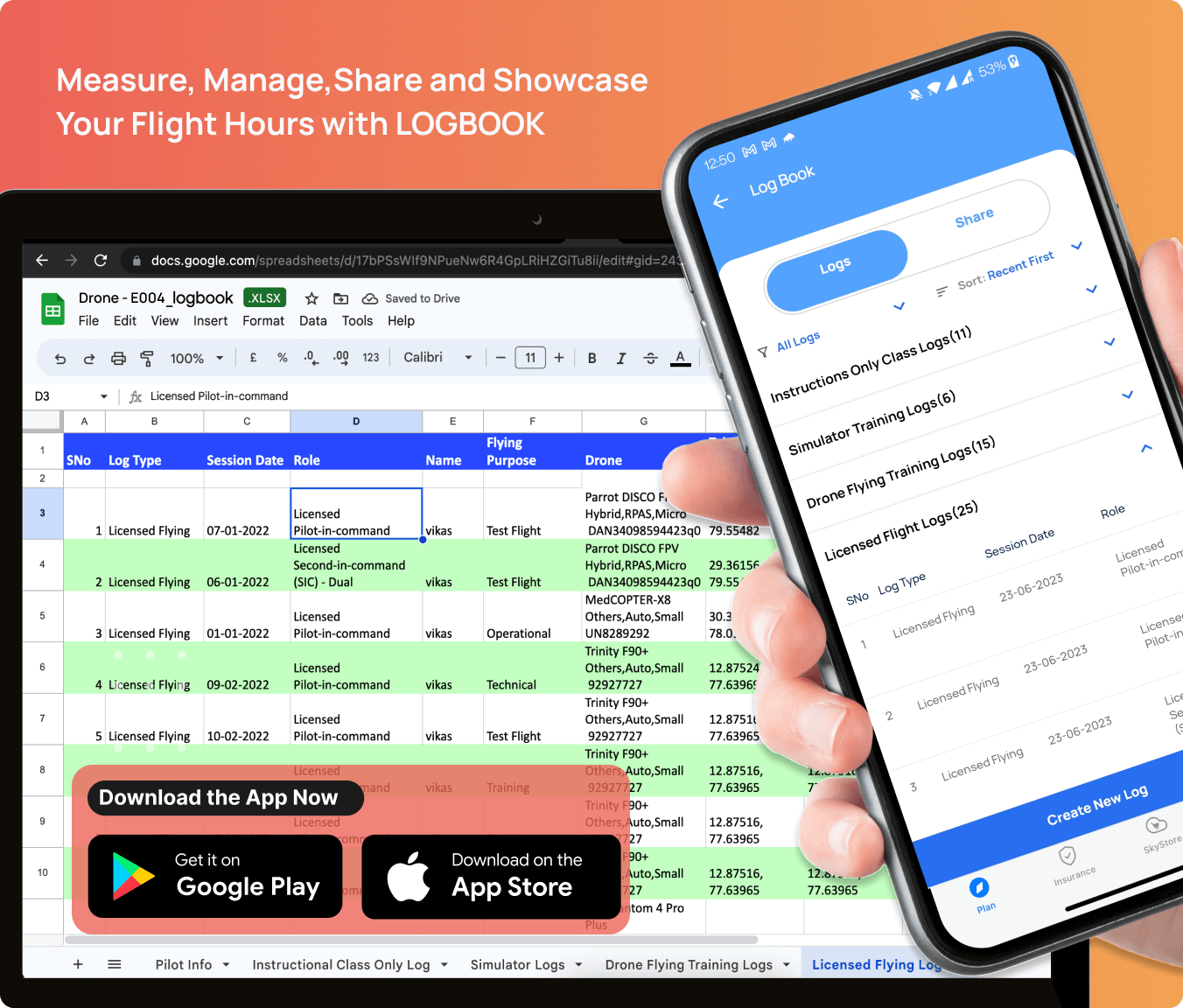

Key To Drone Pilot's Professional Success
Several factors influence the salary range for survey drone pilots in India.
These factors include
To become a survey drone pilot in India, you need to have a valid Remote Pilot Certificate (RPC) from a DGCA-approved Remote Pilot Training Organization (RPTO). This certificate will enable you to operate drones legally and safely for various surveying and mapping applications. However, depending on the type and level of surveying you want to do, you may also need additional certification or training to enhance your skills and knowledge.
Some of the additional certifications or training that you may consider are:
• Photogrammetry
Photogrammetry is the science of making measurements from photographs, especially for recovering the exact positions of surface points. Photogrammetry is widely used in surveying and mapping using drones, as it allows you to create accurate 2D and 3D models of the terrain and structures.
• GIS
GIS stands for Geographic Information System, which is a system designed to capture, store, manipulate, analyze, manage, and present spatial or geographic data. GIS is used in surveying and mapping using drones, as it allows you to integrate, visualize, and analyze the data collected by drones in relation to other data sources
• Remote Sensing
Remote sensing is the acquisition of information about an object or phenomenon without making physical contact with the object. Remote sensing is used in surveying and mapping using drones, as it allows you to collect data using various sensors such as cameras, thermal imagers, multispectral sensors, hyperspectral sensors, etc.
These are some of the additional certifications or training that you may consider for becoming a survey drone pilot in India. However, these are not mandatory and may depend on your personal interest and career goals. You can also explore other topics and courses related to drone technology and applications that may suit your needs and preferences

The type of drone that a pilot operates also influences their salary. Drones have been divided into different categories and sub-categories based on their configuration and Minimum take-off weight (MTOW).
Categories based on configuration :
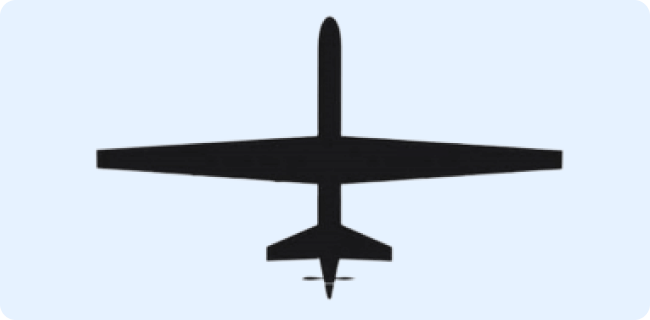
These are drones that have flat wings that generate lift by moving forward. They cannot hover or take off and land vertically, but they can fly faster, longer, and farther than rotary-wing drones. They are suitable for aerial mapping, surveying, monitoring, and reconnaissance.
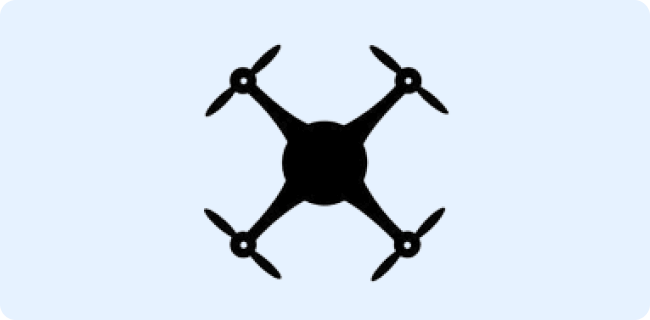
These are drones that have one or more rotors or propellers that provide lift and thrust. They can hover, take off and land vertically, and fly in any direction. They are suitable for aerial photography, inspection, surveillance, and delivery.
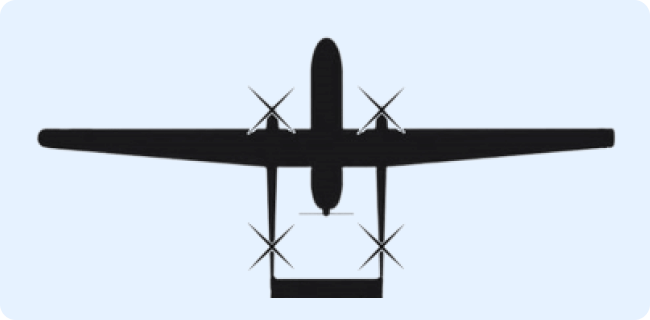
These are drones that combine the features of both rotary-wing and fixed-wing drones. They can take off and land vertically like rotary-wing drones, and fly forward like fixed-wing drones. They offer the advantages of both types of drones, such as versatility, endurance, and speed. They are suitable for drone delivery, disaster management, and environmental conservation

These are drones that operate underwater using propellers or jets. They can navigate in three dimensions and perform various tasks such as exploration, inspection, mapping, and research. They are suitable for marine science, oceanography, archaeology, and military applications
Classification based on weight
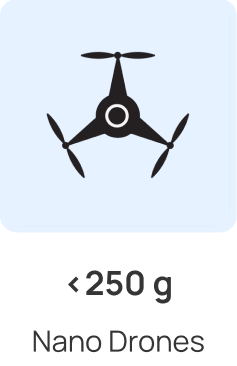
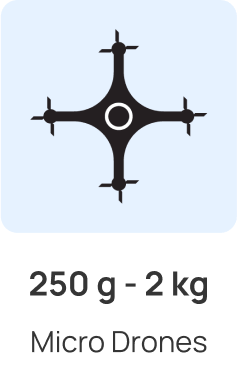
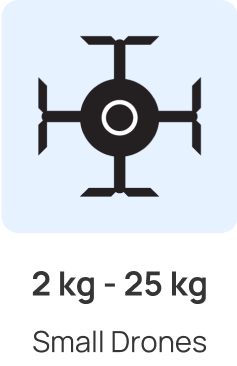
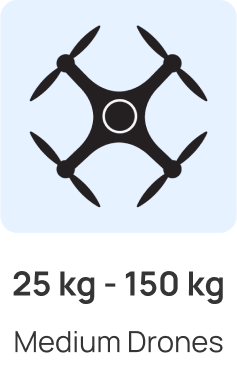
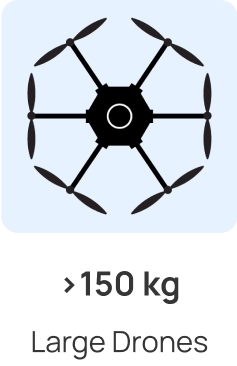
Generally, larger and more complex drones require more skill and expertise to operate and hence command higher salaries. For instance, a survey drone pilot who operates a medium-sized drone for mapping and surveying purposes can earn more than a photography drone pilot who operates a small-sized drone for capturing images and videos.

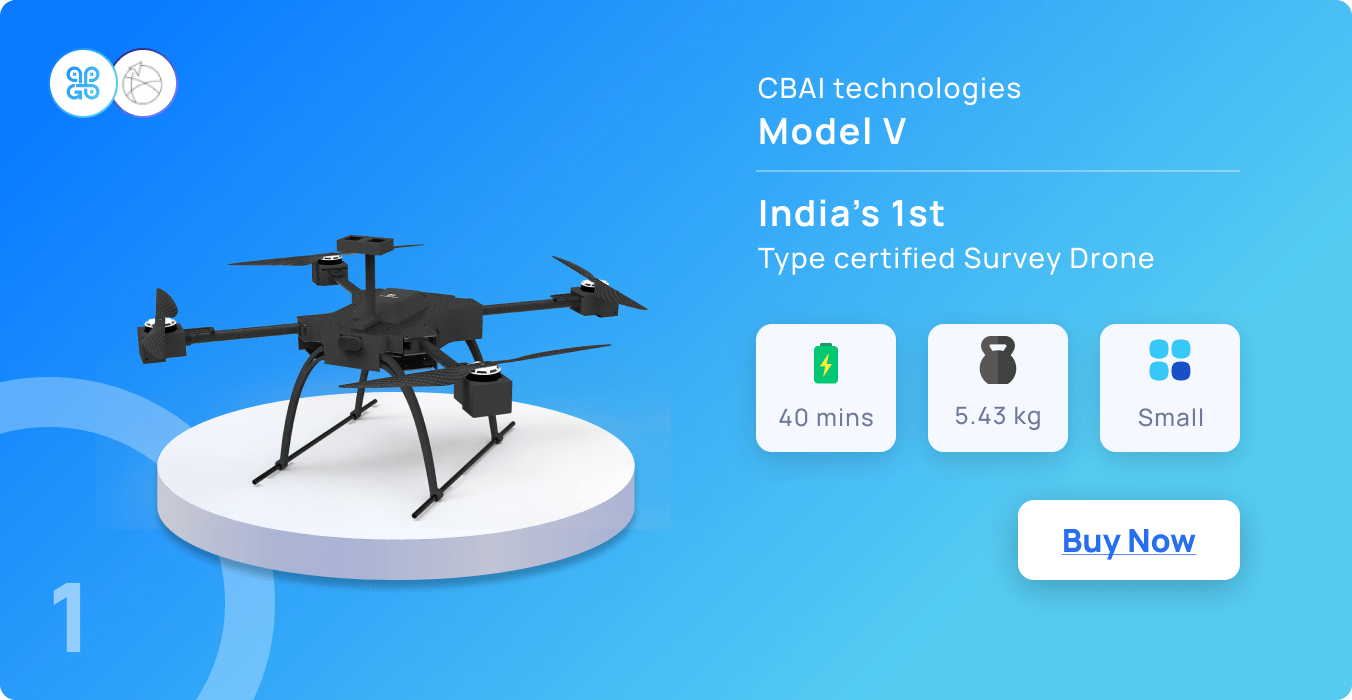
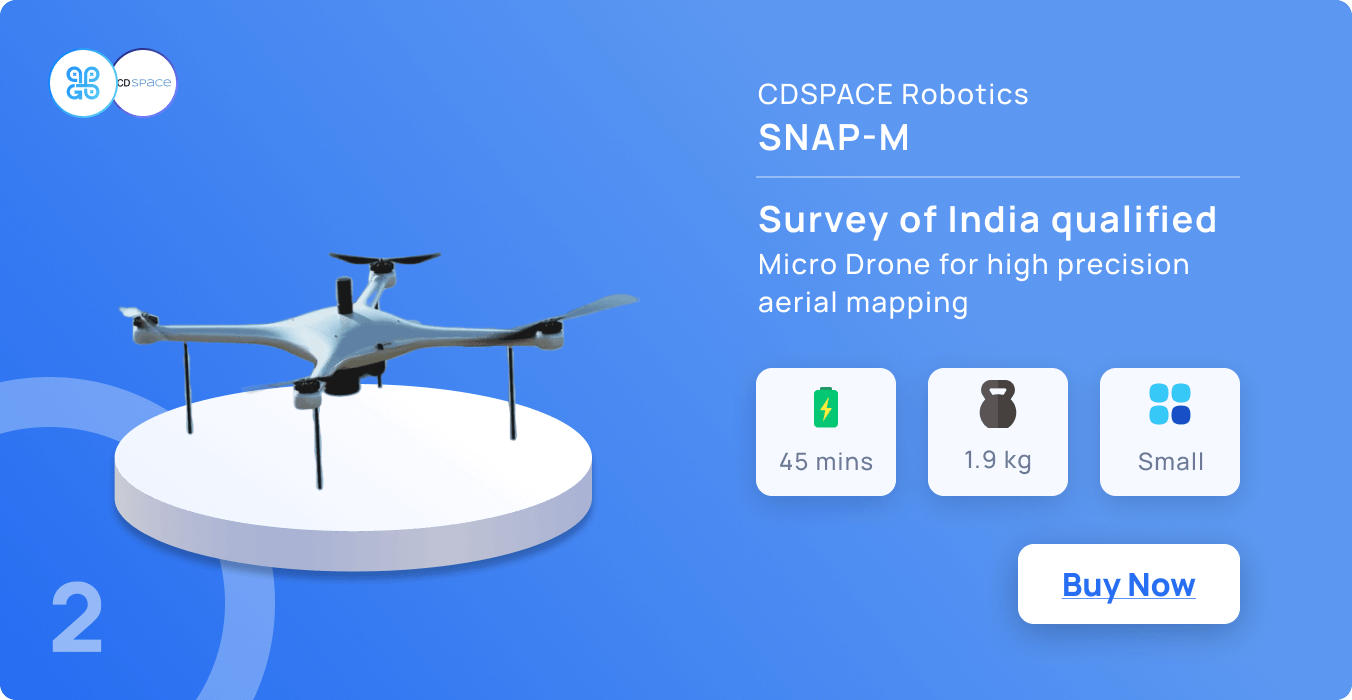
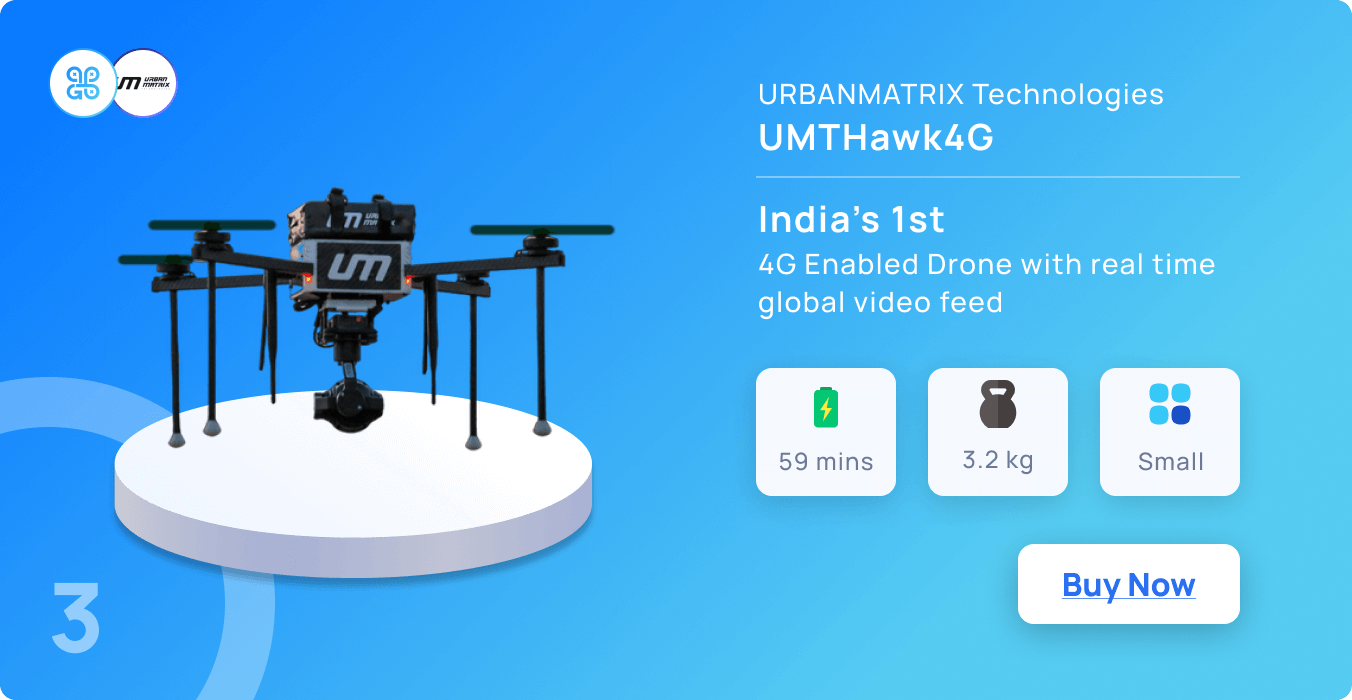
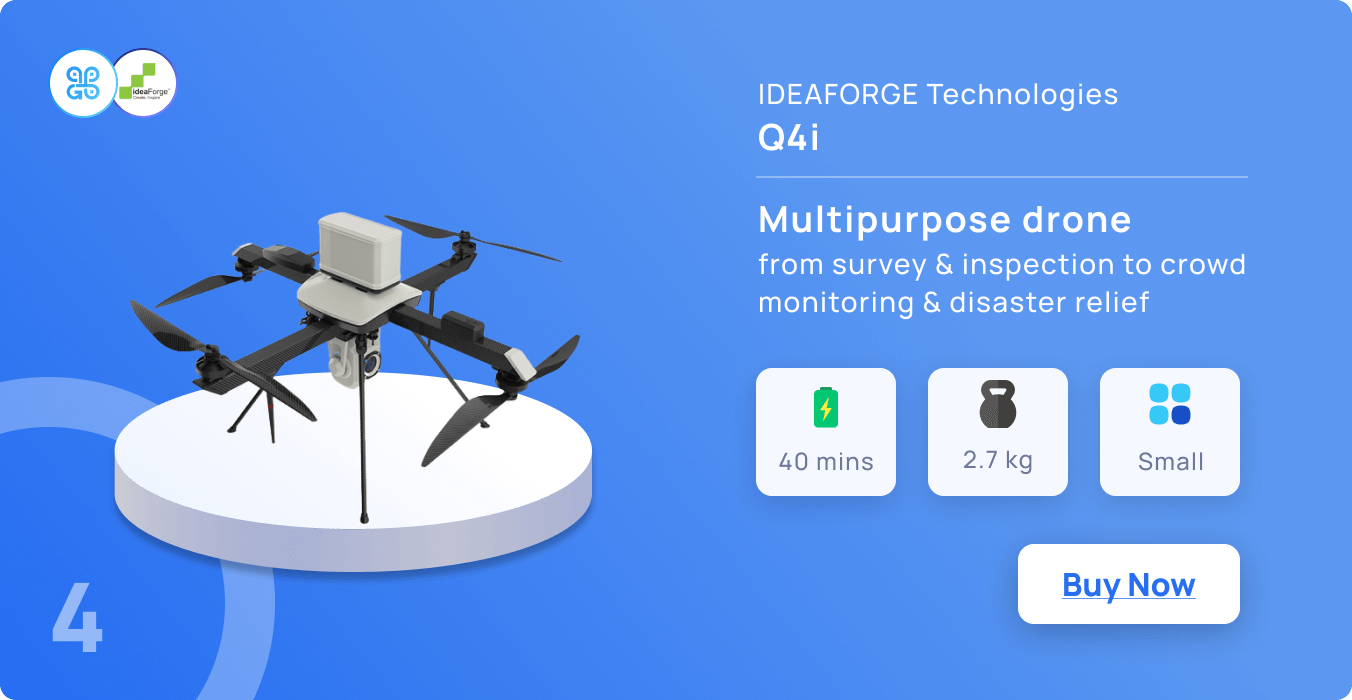
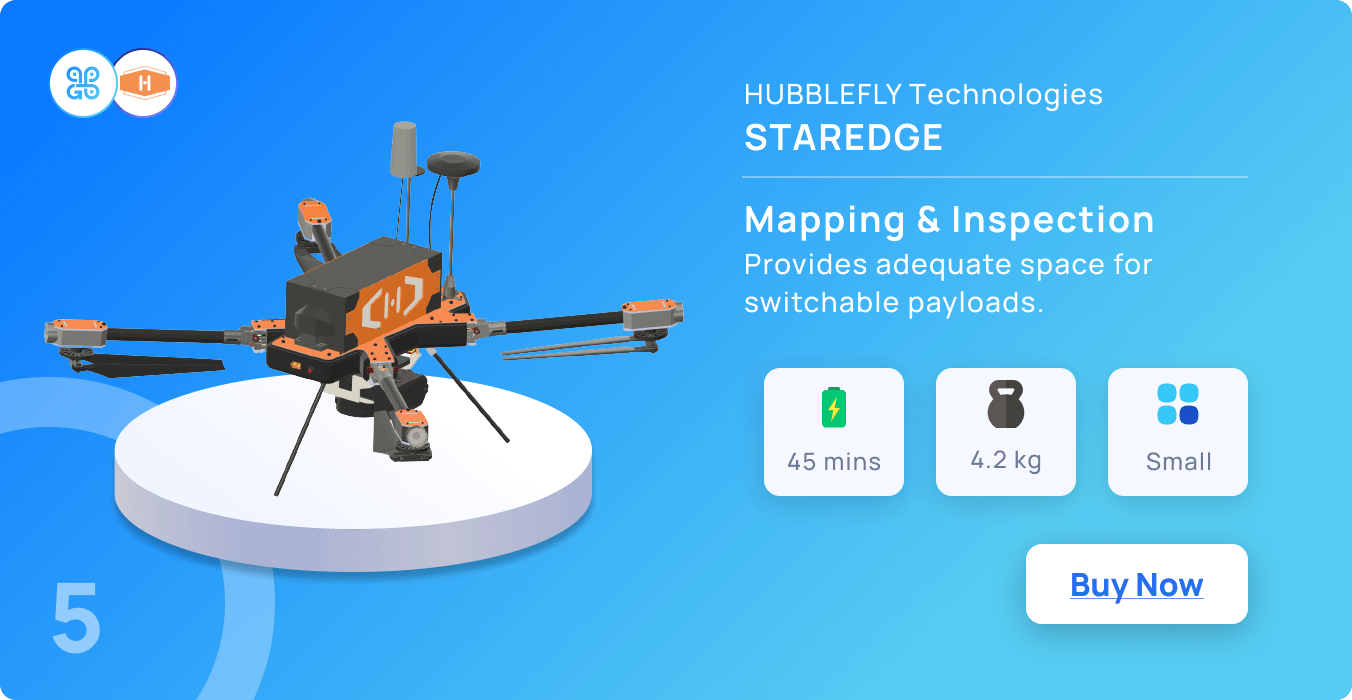
The industry in which a survey drone pilot is employed significantly influences their salary. Different industries have distinct requirements and expectations for survey drone pilots.
For instance, a survey drone pilot working in the military or Defense sector might need to undergo intensive training and obtain security clearance, facing elevated risks and challenges compared to a survey drone pilot in the entertainment or media field. Consequently, the former might command a higher salary than the latter. Similarly, a survey drone pilot employed by an e-commerce or delivery company could encounter more regulatory hurdles and limitations than one working for an agriculture or mining firm.
Survey drone pilots find roles across diverse sectors including construction, land surveying, agriculture, mining, environmental conservation, and infrastructure development. Each sector presents unique demands and financial considerations for drone surveying. This variability in demands contributes to a range of salaries for survey drone pilots.
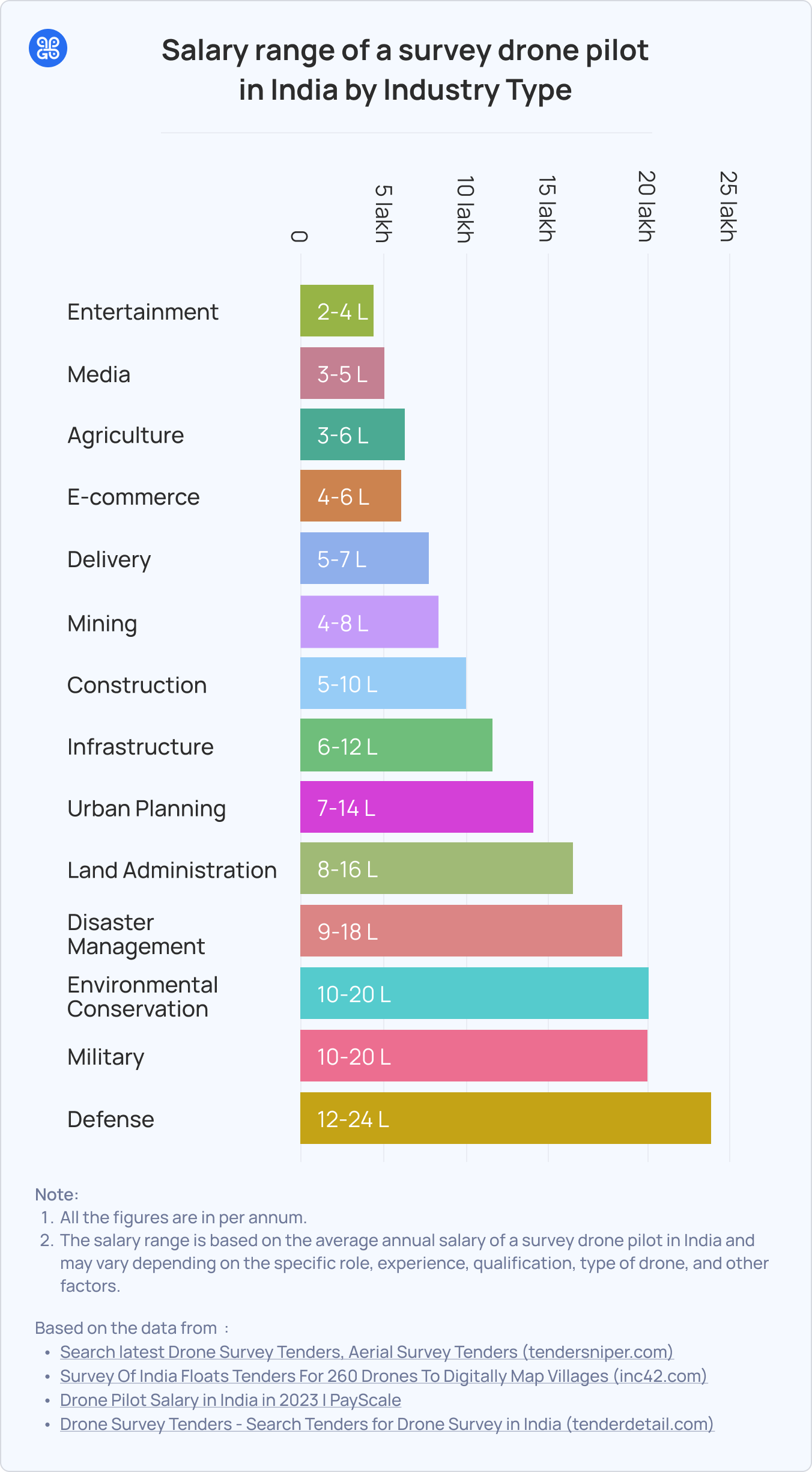
The trends and opportunities for survey drone pilots in India are very promising and bright. The demand for survey drones is expected to grow exponentially in the coming years as more industries adopt drones for their operations. According to a report, the market size of survey drones in India is estimated to be around US$ 1 billion by 2025. The report also states that there are over 10,000 survey drone pilots in India as of 2023 and this number is expected to increase by 20% annually.
Some of the major drivers for the growth of survey drones in India are:
• Government initiatives :
The government of India has launched several initiatives to promote the use of drones for various purposes, such as digital mapping, land administration, disaster management, agriculture, etc. One of the most notable initiatives is the Svamitva scheme, which aims to provide property cards to rural landowners based on accurate surveys using drones. The scheme was launched in October 2020 and has covered over 1.5 lakh villages so far. The government plans to cover all the 6.62 lakh villages in the country by 2024. This will create a huge demand for survey drone pilots who can conduct the mapping and surveying activities.
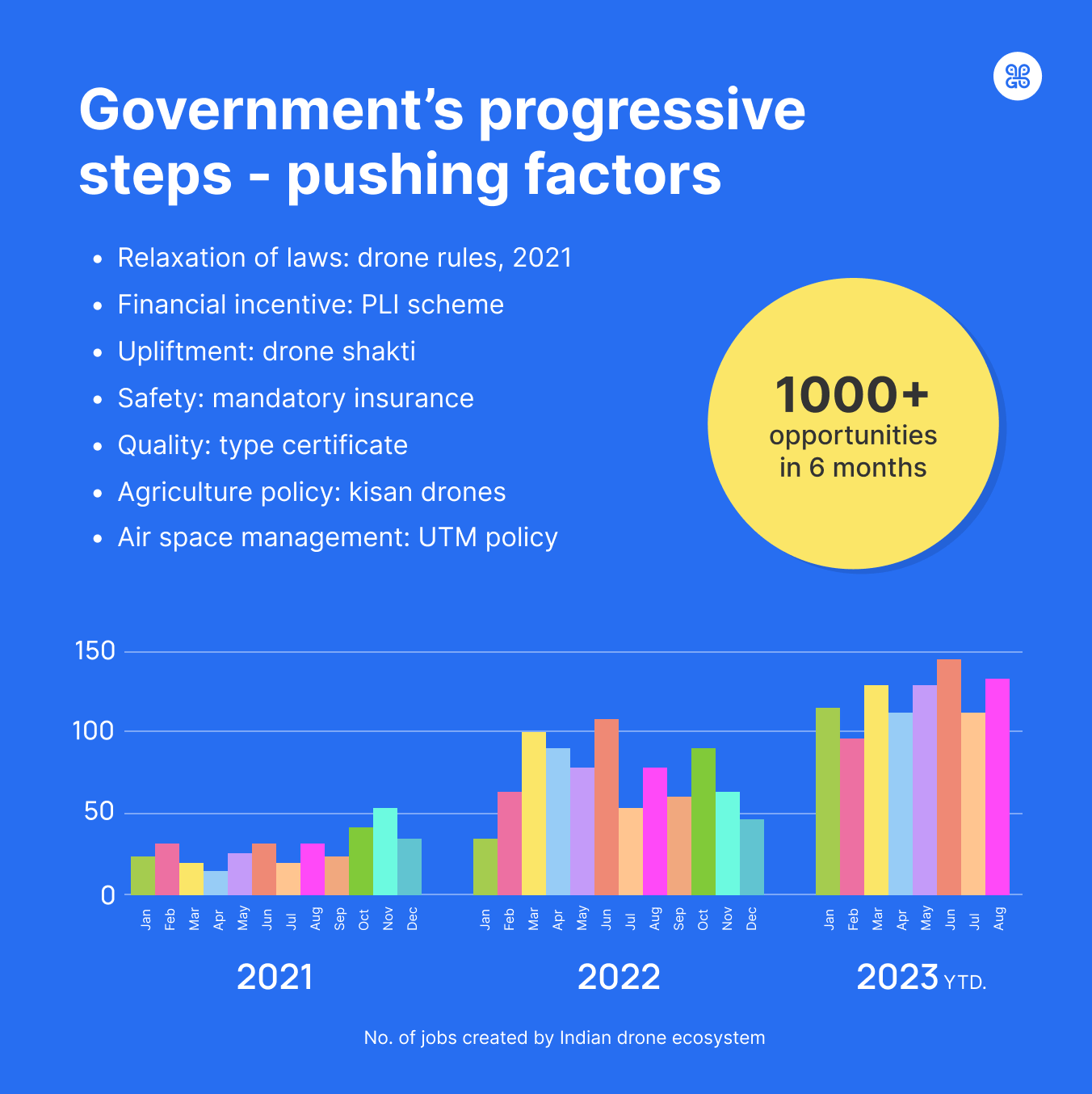
• Liberalisation of Drone policy:
On August 26, 2021, the government of India released the Drone Rules, 2021, which simplified and eased the regulations for drone operations in India. The new rules reduced the licensing fees, abolished various approvals and certificates, relaxed the pilot license requirements, and enabled commercial usage of drones. The new rules also granted drones a legal status and made the market more conducive for drone businesses in India.
• Innovation and investment:
The liberalisation of the drone policy is expected to boost the innovation and investment in the drone sector in India. Several startups and companies are already offering drone services and solutions for various industries and applications The liberalisation of the drone policy is expected to boost the innovation and investment in the drone sector in India.
The Indian drone ecosystem is evolving rapidly, offering immense opportunities for skilled drone pilots to contribute to groundbreaking innovations across diverse sectors. These companies represent the forefront of this transformation, seeking drone pilots who can navigate the skies with expertise and ingenuity. As the Indian drone industry continues to soar, aspiring drone pilots have a vast and exciting landscape to explore and shape.
Explore 550 companies across 21 categories
To Know more, Click on the link below :
https://tropogo.com/india-guide/drone-ecosystem-india
Some of the benefits of becoming a survey drone pilot in India are:
• High salary:
Survey drone pilots can earn a high salary that is higher than the national average. The average annual salary of a survey drone pilot in India is around INR 6 lakhs, which can go up to INR 10-12 lakhs or more depending on the experience, qualification, type of drone, type of industry, and other factors.
• Job satisfaction:
Survey drone pilots can enjoy a high level of job satisfaction as they can work on challenging and rewarding projects that have a positive impact on society and the environment. Survey drone pilots can also explore their creativity and innovation by using various sensors and software tools to capture and analyze data.
• Career growth:
Survey drone pilots can have a great career growth as they can work on diverse and dynamic projects across various industries and applications. Survey drone pilots can also upgrade their skills and qualifications by obtaining additional certification or training from RPTOs or online platforms. Survey drone pilots can also expand their network and opportunities by collaborating with other professionals and organizations in the drone sector
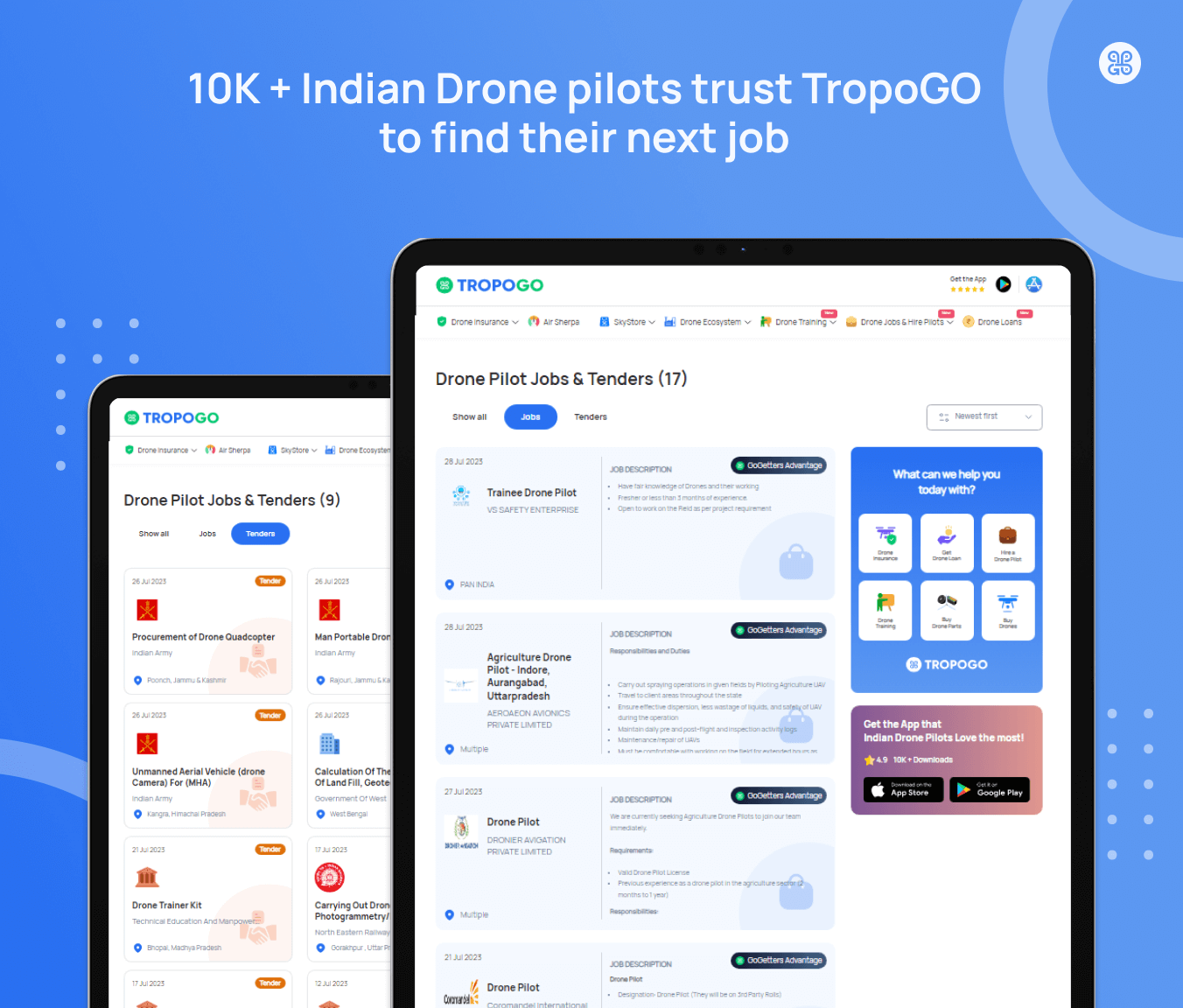
Explore and apply for Drone jobs and Government Drone Tenders in one place
To Know more, Click on the link below :
https://tropogo.com/marketplace/drone-jobs-tenders/job
Apart from the base salary, survey drone pilots may also receive additional benefits, such as health insurance, travel allowances, and performance-based bonuses. Some employers may provide opportunities for professional development, including workshops, seminars, and training sessions to keep their drone pilots updated with the latest technology and techniques.
In conclusion, the demand for survey drone pilots in India is on the rise, given the numerous advantages of drone technology in the field of surveying. The salary range for these professionals can vary depending on factors like experience, sector, location, and educational qualifications. As the drone industry continues to expand, so will the opportunities for career growth and increased earnings for skilled and proficient survey drone pilots

Download for Android : TropoGo-Drone Jobs & Tools - Apps on Google Play
Download for iOS : TropoGo-Drone Insurance & Jobs on the App Store (apple.com)